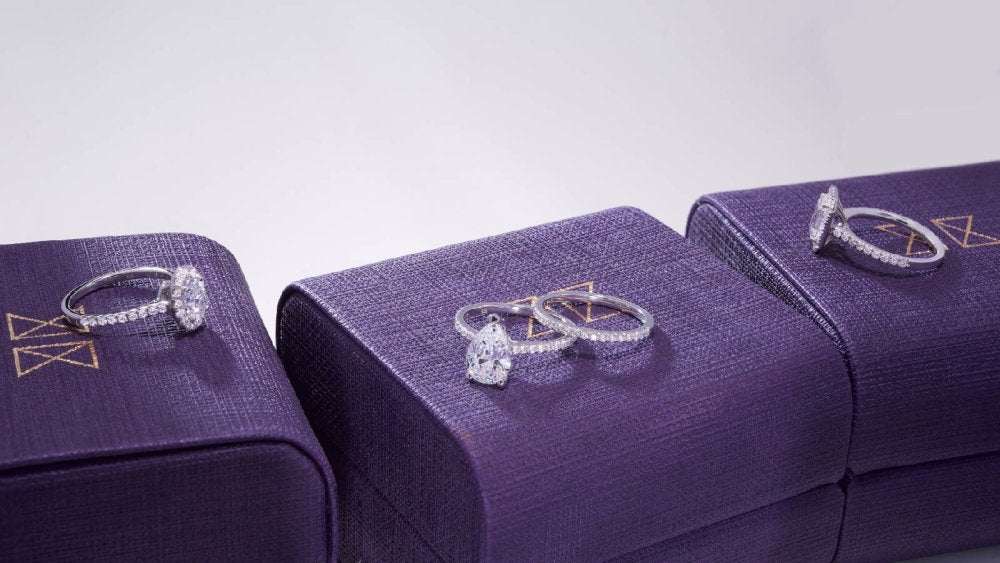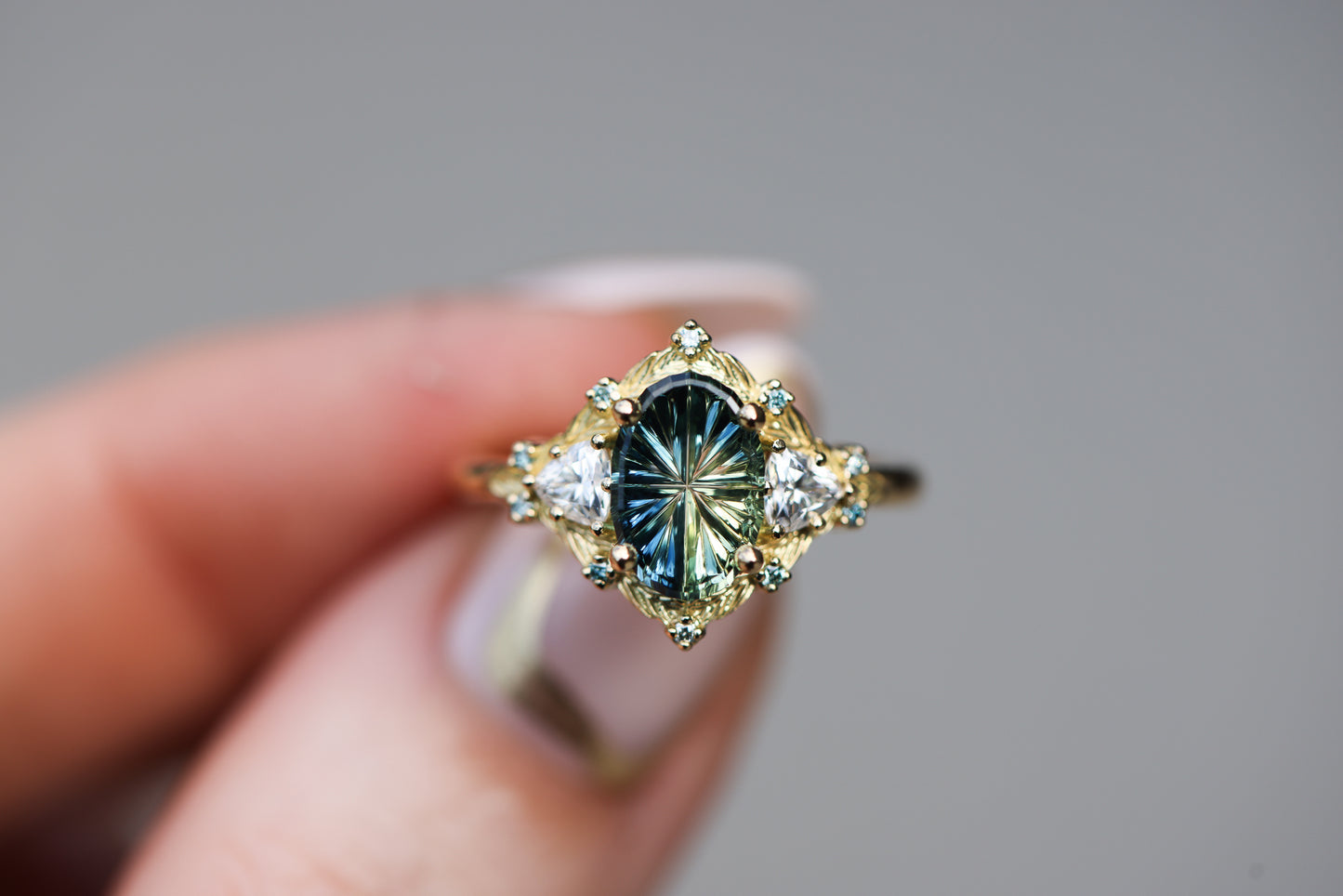Table of Contents
What Are Blood Diamonds?
Blood diamonds, also known as conflict diamonds, are gems that are mined in war zones and sold to finance armed conflict against governments. These diamonds are often associated with brutal human rights abuses, including forced labor, violence, and exploitation. The term “blood diamond” evokes the harsh realities behind their glimmering facade, reminding us that not all that sparkles is without cost.
A Brief History of Blood Diamonds
The Origins of the Term
The phrase “blood diamond” entered the public consciousness in the late 1990s, coinciding with the civil wars in African countries like Sierra Leone and Angola. Armed groups seized control of diamond mines and sold the gems on the black market to fund their operations, leading to immense suffering for local populations.
Major Conflicts and Their Impact
In Sierra Leone, for instance, rebel groups like the Revolutionary United Front (RUF) used the proceeds from diamond sales to finance a campaign of terror, including amputations and other atrocities against civilians. The global community began to take notice, sparking outrage and calls for action against the trade in blood diamonds.
How Blood Diamonds are Mined
Mining Methods
The extraction of blood diamonds often involves primitive methods. In many cases, miners use hand tools to dig in hazardous conditions. This informal, small-scale mining is both dangerous and unsustainable, leading to environmental degradation as well.
Labor Conditions
The labor conditions in these mines are dire. Workers, including children, often face harsh treatment, long hours, and minimal pay. They are frequently forced to work under the threat of violence, making their plight all the more tragic.
The Global Impact of Blood Diamonds
Economic Effects
Blood diamonds contribute to local and national economies in complex ways. While they can provide short-term financial gains for armed groups, the long-term effects are devastating. Countries embroiled in conflict suffer from weakened governance, corruption, and a lack of infrastructure.
Social Consequences
The human toll of blood diamonds is staggering. Communities are torn apart by violence, and families are left without breadwinners. The psychological scars of war and exploitation can persist for generations, hindering recovery and development.
International Response to Blood Diamonds
The Kimberley Process
In response to the blood diamond crisis, the international community established the Kimberley Process Certification Scheme in 2003. This initiative aims to prevent the trade in conflict diamonds by requiring that all rough diamonds be certified as conflict-free before they can be exported.
Limitations of the Kimberley Process
While the Kimberley Process has made strides, it is not without its flaws. Critics argue that the certification scheme is poorly enforced, allowing blood diamonds to continue entering the market. Many diamonds slip through the cracks, leaving consumers unaware of their origins.
Ethical Alternatives to Blood Diamonds
Conflict-Free Diamonds
Some jewelers offer conflict-free diamonds, which are sourced from mines that adhere to ethical labor practices. These diamonds are certified as not being linked to armed conflict, providing a more humane option for consumers.
Lab-Grown Diamonds
Another ethical alternative is lab-grown diamonds, which are created in controlled environments. These diamonds have the same physical and chemical properties as natural diamonds but are produced without the associated human rights abuses.
How to Ensure Your Diamond is Ethical
Questions to Ask Your Jeweler
When purchasing a diamond, it’s essential to ask your jeweler about the sourcing of their stones. Inquire whether the lab made diamonds are conflict-free and if they can provide certification. A reputable jeweler should be transparent about their supply chain.
Researching Diamond Certifications
Take the time to research diamond certifications. Familiarize yourself with organizations that promote ethical practices in the diamond trade, and look for retailers that adhere to these standards.
Conclusion: The Path Forward in the Diamond Industry
The issue of blood diamonds is a complex and tragic aspect of the gem industry. While progress has been made through initiatives like the Kimberley Process, more needs to be done to ensure ethical practices are upheld. As consumers, we hold the power to demand transparency and ethical sourcing in our purchases. By choosing conflict-free or lab-grown diamonds, we can help pave the way for a more humane and responsible diamond industry, where the sparkle of a diamond truly reflects the beauty of its origin.














